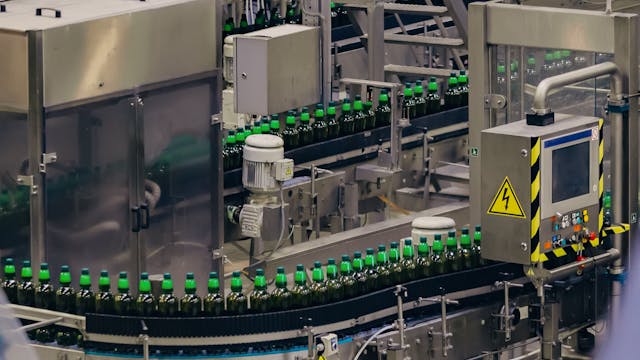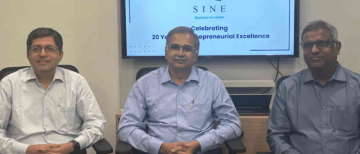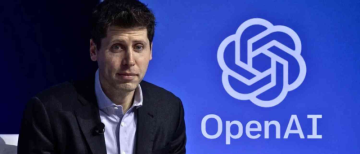The manufacturing industry is in the midst of a technological revolution, and the driving force behind this transformation is the Internet of Things (IoT). From smart sensors on the shop floor to AI-powered analytics in the boardroom, IoT is not just a buzzword—it's the engine propelling manufacturers toward unprecedented levels of efficiency, customization, and profitability. If you’re hungry for profit, it’s time to feast on the future IoT is serving up.
What Is IoT in Manufacturing?

IoT in manufacturing refers to the use of interconnected devices, sensors, and software platforms to collect, exchange, and analyze real-time data throughout the production process. These smart systems enable manufacturers to monitor equipment, optimize workflows, and make data-driven decisions—all with minimal human intervention.
Why Is IoT the Future of Manufacturing?

The global IoT in manufacturing market is booming, valued at over $97 billion in 2023 and projected to skyrocket to nearly $674 billion by 2032. This explosive growth is fueled by manufacturers’ relentless pursuit of automation, operational efficiency, and competitive advantage. IoT isn’t just a tool—it’s the foundation of the smart factory, where machines communicate, adapt, and evolve to meet ever-changing market demands.
Key Benefits of IoT in Manufacturing
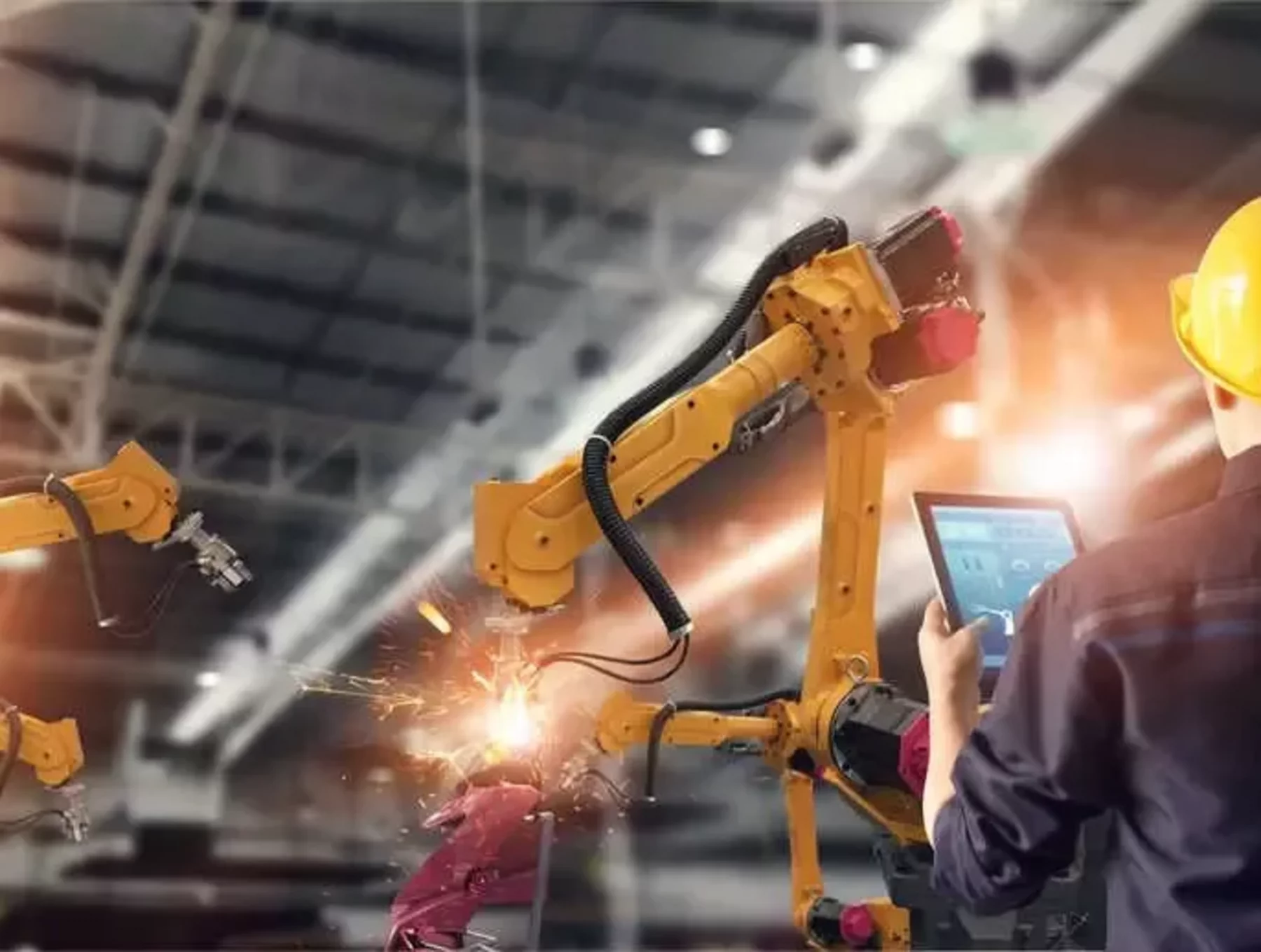
1. Operational Efficiency and Cost Reduction
-
Real-time Monitoring: IoT devices continuously track machinery performance, energy consumption, and workflow status, allowing instant adjustments to maximize output and minimize waste.
-
Automated Processes: Smart robots and systems handle repetitive tasks, reducing labor costs and human error while boosting consistency.
-
Predictive Maintenance: Sensors detect early warning signs of equipment failure, enabling timely repairs and drastically reducing costly unplanned downtime.
2. Enhanced Product Quality and Customization
-
Mass Customization: IoT-powered machines can adapt production settings in real time, enabling manufacturers to offer personalized products at scale without sacrificing efficiency.
-
Quality Control: Continuous monitoring of key parameters (temperature, humidity, vibration) ensures products meet stringent quality standards, reducing defects and increasing customer satisfaction.
3. Agile Supply Chain and Inventory Management
-
End-to-End Visibility: RFID tags, GPS trackers, and smart sensors provide real-time tracking of raw materials, components, and finished goods across the supply chain.
-
Optimized Logistics: IoT data helps streamline shipping routes, reduce lead times, and prevent losses due to theft or spoilage.
4. Data-Driven Decision Making
-
Actionable Insights: IoT platforms aggregate and analyze vast amounts of operational data, empowering managers to make faster, more informed decisions that drive profitability.
-
Remote Monitoring and Control: Centralized dashboards allow leaders to oversee multiple facilities, standardize processes, and implement best practices from anywhere in the world.
5. Improved Worker Safety and Productivity
-
Wearable Tech: Smart helmets and vests monitor vital signs and environmental hazards, alerting workers to danger and helping managers optimize workflows.
-
Safer Workplaces: Automation of hazardous tasks reduces workplace injuries and downtime.
How IoT Is Transforming Manufacturing: Real-World Use Cases
Predictive Maintenance
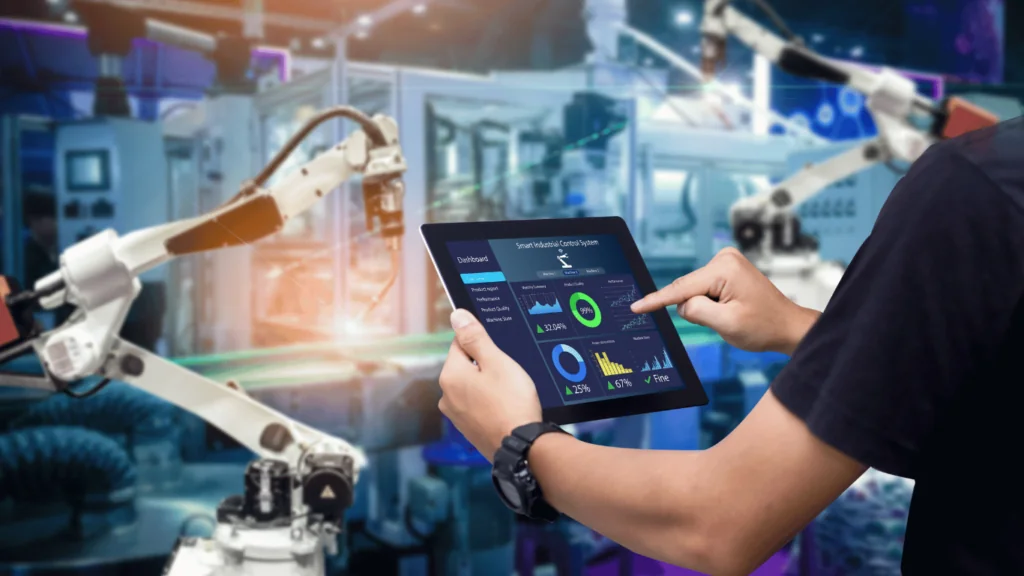
Imagine a factory where machines tell you when they need attention—before they break down. IoT sensors monitor temperature, vibration, and electrical signals, predicting failures and scheduling maintenance at optimal times. This proactive approach slashes downtime and saves millions in repair costs.
Smart Robotics and Automation

IoT-enabled robots perform assembly, sorting, and inspection tasks with precision. They self-diagnose issues, share performance data, and adapt to new tasks on the fly, making them ideal for both mass production and customized orders.
Quality Assurance
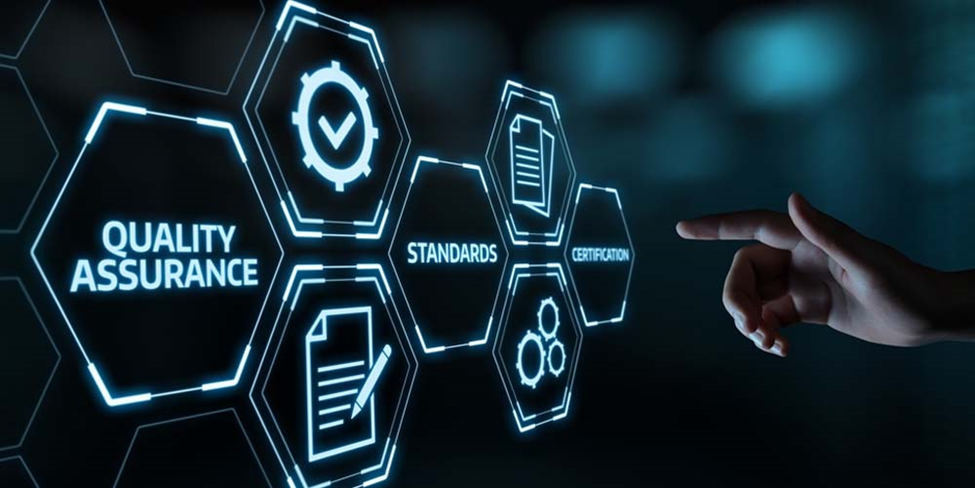
On the production line, IoT devices track every variable that affects quality. If a parameter drifts out of range, operators receive instant alerts, allowing for immediate corrective action. This leads to higher-quality products and less waste.
Supply Chain Optimization
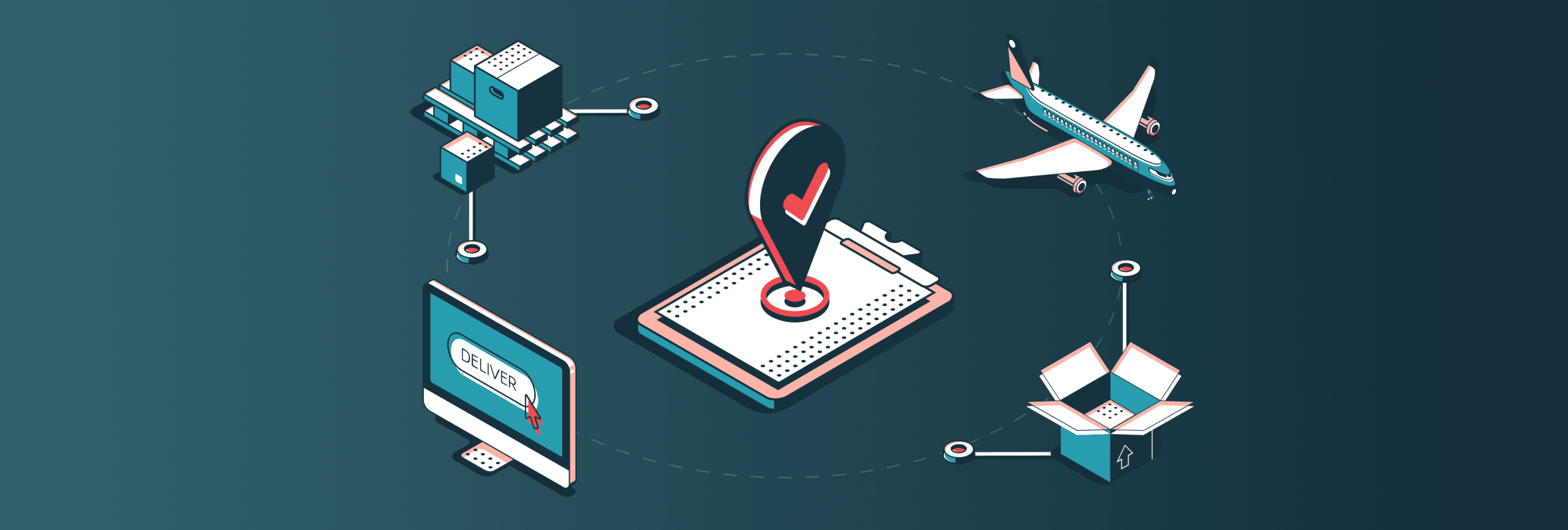
From the moment raw materials arrive to the delivery of finished goods, IoT provides end-to-end visibility. Manufacturers can trace products, monitor storage conditions, and optimize inventory levels, resulting in faster, more reliable deliveries.
Energy Management

IoT systems monitor energy usage throughout the facility, identifying inefficiencies and suggesting improvements. Smart lighting and HVAC systems adjust automatically based on occupancy and production schedules, reducing energy bills without compromising productivity.
The Competitive Edge: IoT and Industry 4.0

IoT is the backbone of Industry 4.0—the new era of smart manufacturing characterized by automation, data exchange, and interconnected systems. Companies that embrace IoT gain a significant edge:
-
Faster Time to Market: Agile operations and real-time data allow manufacturers to respond quickly to market trends and customer demands, reducing product cycle times.
-
Scalable Customization: IoT enables the production of customized goods without sacrificing efficiency, opening new revenue streams and market opportunities.
-
Continuous Improvement: With constant feedback from IoT systems, manufacturers can identify bottlenecks, eliminate waste, and refine processes for ongoing gains.
Challenges to Consider

No revolution comes without hurdles. Manufacturers adopting IoT must address:
-
Data Security and Privacy: Protecting sensitive data from cyber threats is paramount, especially as more devices connect to the network.
-
Integration Complexity: Merging IoT with legacy systems and training staff on new technologies requires investment and careful planning.
-
Skilled Workforce: As IoT and AI become more prevalent, manufacturers need employees who can manage, analyze, and act on complex data.
The Future: IoT, AI, and Beyond

The next frontier in manufacturing is the integration of IoT with artificial intelligence (AI). AI-powered analytics can sift through mountains of IoT data, uncovering patterns and insights that drive even smarter decision-making. This synergy enables:
-
Adaptive Manufacturing: Systems that learn and adjust in real time to optimize production and quality.
-
Personalized Products: Advanced analytics make it possible to deliver highly customized goods at scale, delighting customers and differentiating brands.
-
Resilient Supply Chains: AI and IoT together can predict disruptions, optimize logistics, and ensure continuity even in volatile markets.
Are You Ready to Feast on IoT’s Profits?

IoT is not just fueling the future of manufacturing—it’s setting the table for a feast of profitability, efficiency, and innovation. The manufacturers who embrace IoT today will be the industry leaders of tomorrow, equipped to deliver smarter products, faster service, and greater value to their customers.
If you’re hungry for profit, IoT is the main course. The question is: Are you ready to dig in?
With inputs from agencies
Image Source: Multiple agencies
© Copyright 2025. All Rights Reserved Powered by Vygr Media.




